There are countless personality quizzes and psychology tests claiming to reveal truths about yourself. The Szondi test, for example, shows how our understanding of mental health has evolved. Developed by Hungarian psychiatrist Léopold Szondi in 1935, the Szondi test aimed to uncover suppressed traits hidden in a person's subconscious.
The test involved looking at a series of 48 photos of people with distinct expressions on their faces. The patient was supposed to pick the friendliest faces and the unfriendliest, the idea being that a person identifies with "like" people and that their choices from the pictures would represent traits of themselves. Despite lacking scientific value, a shortened version of this test recently went viral, capturing people's interest.
You can take the test yourself. Below are eight pictures. Pick the one that you find the most unsettling and "scary." Or, as one user writes, "Who would you want the LEAST to be in an elevator with you?"
Szondi believed in "genotropism," a theory that argued that similar people attract each other. If you are drawn to any of these people, Szondi believed you are probably just like them.
Likewise, if you are particularly afraid or turned off by any of these people, they might represent the things you deny about yourself.
So, who scares you the most? Do you have your answer?
1. The Sadist
 Source: REDDIT
Source: REDDITIf you chose number one, you are "the sadist." According to the Facebook post, that means that "you were most likely dominated by a lot of authoritarian figures, such as parents or teachers, so you repress the feeling to dominate others, as you've been through your formative years."
You are "passive" and friendly and a people pleaser, but you have a tendency to be defensive or passive-aggressive when you feel threatened. Deep inside, though, "you love to see the suffering of other people, physically or emotionally."
2. The Epileptic
 Source: REDDIT
Source: REDDITNumber two is "The Epileptic." This means that you "react to motions rather intensely, good or bad," and you repress negative emotions. "As such," the post reads, "you probably wear a strong emotional mask and are good at hiding the negative feelings from others whenever they bubble up under the surface."
To combat that, you act meek and friendly, and most people see you as "peaceful and reliable." Under pressure, though, you have the capacity to "explode."
3. The Catatonic
 Source: REDDIT
Source: REDDIT"The Catatonic" is intelligent with an "overactive mind." In order to fight that overactivity, the post reads, "you've most likely become dutiful, inhibited, and rule-driven."
This means that you often deny your own emotional and physical needs and wants, resulting in a feeling of being disconnected and lost.
4. The Schizophrenic
 Source: REDDIT
Source: REDDITSomehow, this blank-faced woman with her hand on her head is supposed to denote "The Schizophrenic." If you chose her, then you are probably "repressing apathy" for others. You might have trouble making interpersonal connections and relating to others.
That doesn't mean that you're not social. You love to go out and spend time with friends, but your connections are surface-level, and you often feel lonely and isolated deep down.
5. The Hysteric
 Source: REDDIT
Source: REDDITOf course this very calm woman is labeled "The Hysteric." But if you chose this picture, you might have "attention-seeking tendencies" that you repress. Maybe you were told to keep quiet or not to show off as a child, so you grew up to be quite modest.
But deep down, you love to be the center of attention. "As evidence of the amount of effort," the post reads, "you put [a lot] into your appearance. This could be your subconscious self showing off, as your conscious self continues to act modestly."
6. The Depressive
 Source: REDDIT
Source: REDDIT"The Depressive" seems happy and bubbly on the surface, but deep down, you struggle with feelings of "self-worthlessness, even self-loathing and guilt." You have low self-esteem but try to combat these feelings by focusing on your work and other people.
"Picking this picture doesn't mean you're a depressed person," the post reads, "but that you have a predisposition to negative emotions."
7. The Maniac
 Source: REDDIT
Source: REDDIT"The Maniac" isn't exactly what it sounds like. If you chose this picture, you are probably "logical, mature, and balanced." You get annoyed when others are chaotic or loud, and that's because you are repressing your "hyperactive tendencies."
Deep down, you are actually very impulsive and squirming with energy, but you've probably been told to "calm down" your entire life, so now you keep all of that inside.
8. Dissociative Identity Disorder
 Source: REDDIT
Source: REDDITThose who chose this picture might have been "bullied, defamed, or traumatized" by an authority figure as a kid, which may have made you "question yourself as a sexual partner." Now, you might try to adhere to the ideals of your gender, like being a "macho" man or an ultra-feminine woman.
You might even go so far as to "put down others of your own sex for not acting manly or womanly enough."
This article originally appeared last year.











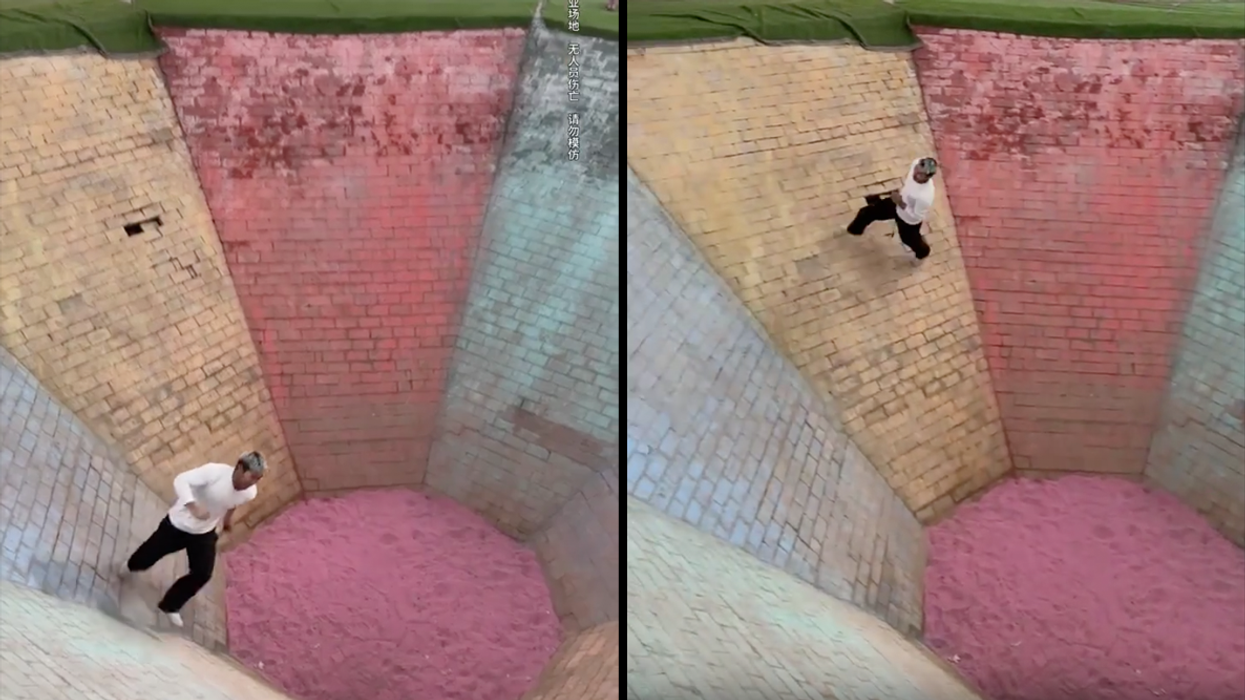
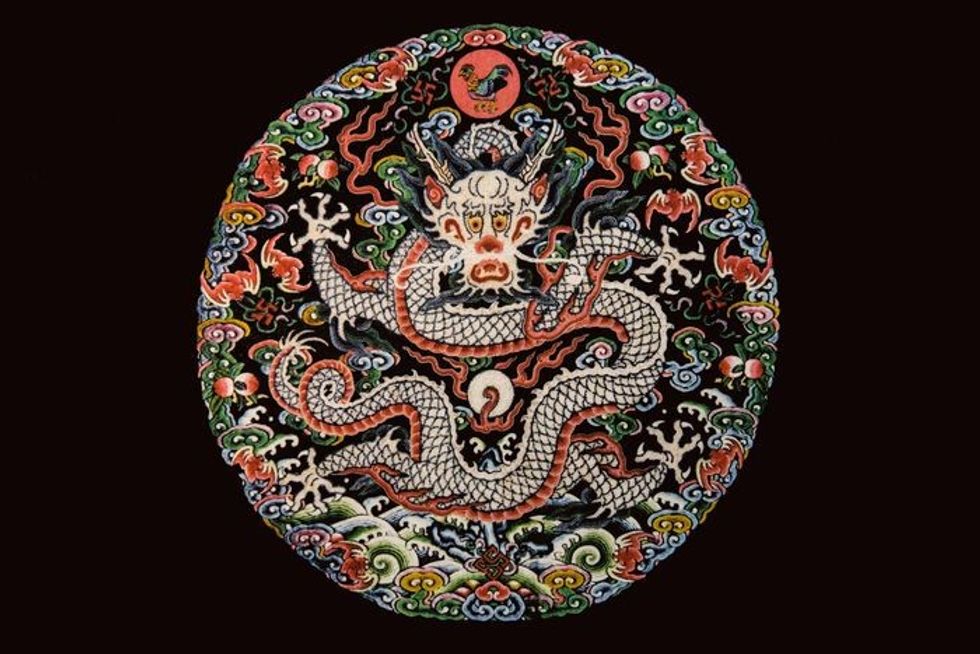 This represents the key to the perfect flow statePhoto by
This represents the key to the perfect flow statePhoto by 






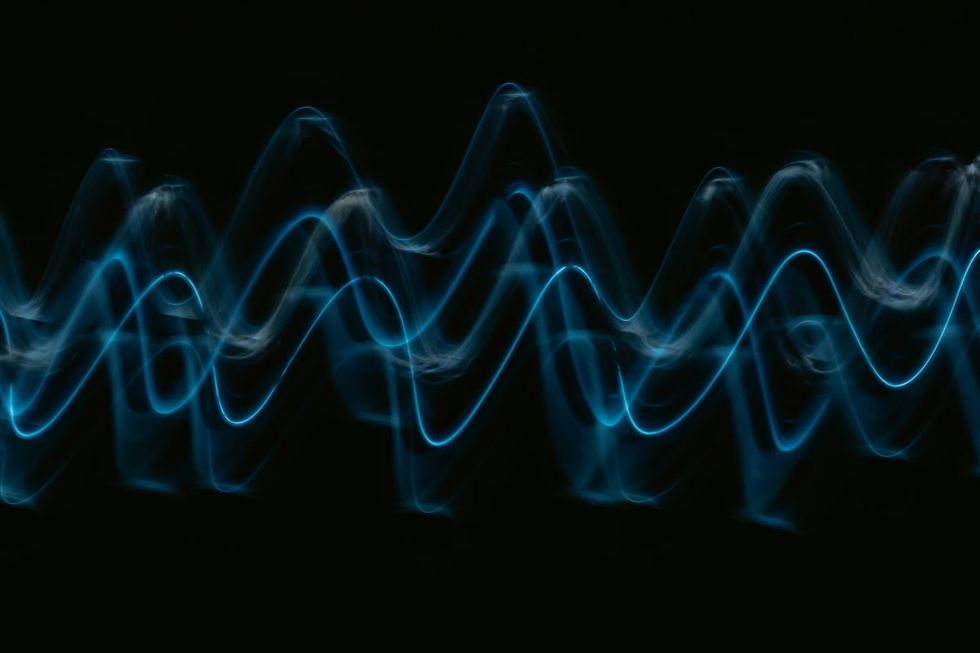 Representative Image Source: Unsplash | Pawel Czerwinski
Representative Image Source: Unsplash | Pawel Czerwinski 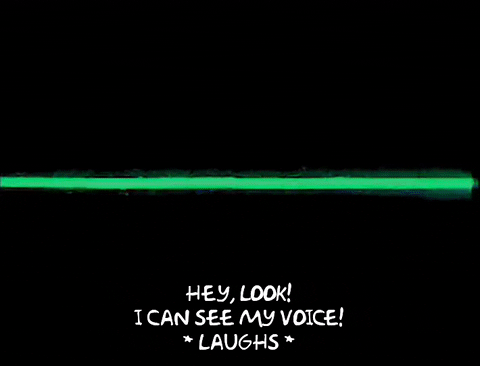
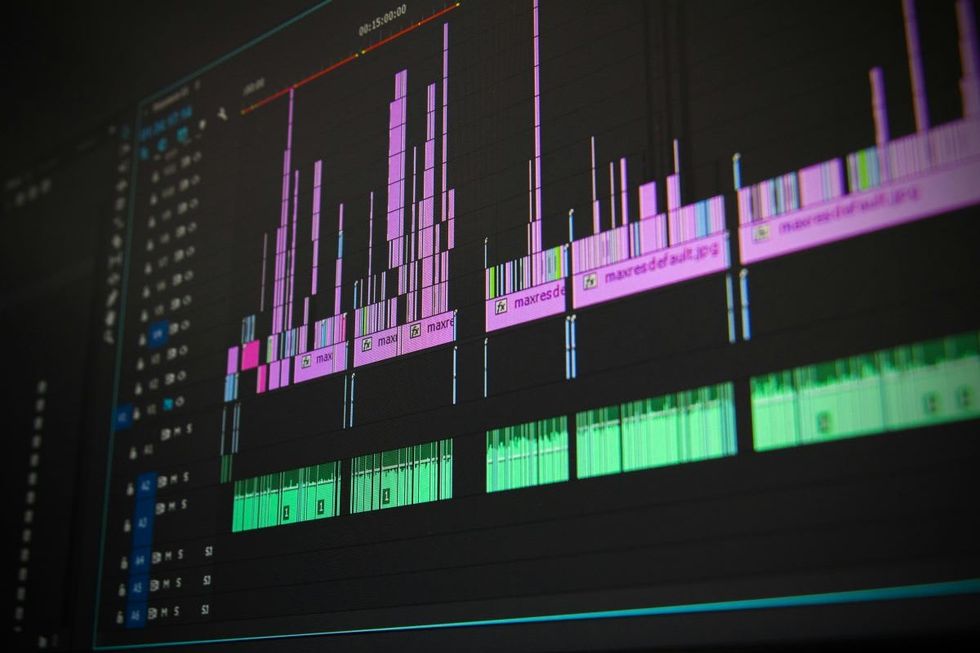 Representative Image Source: Pexels | Pixabay
Representative Image Source: Pexels | Pixabay 







